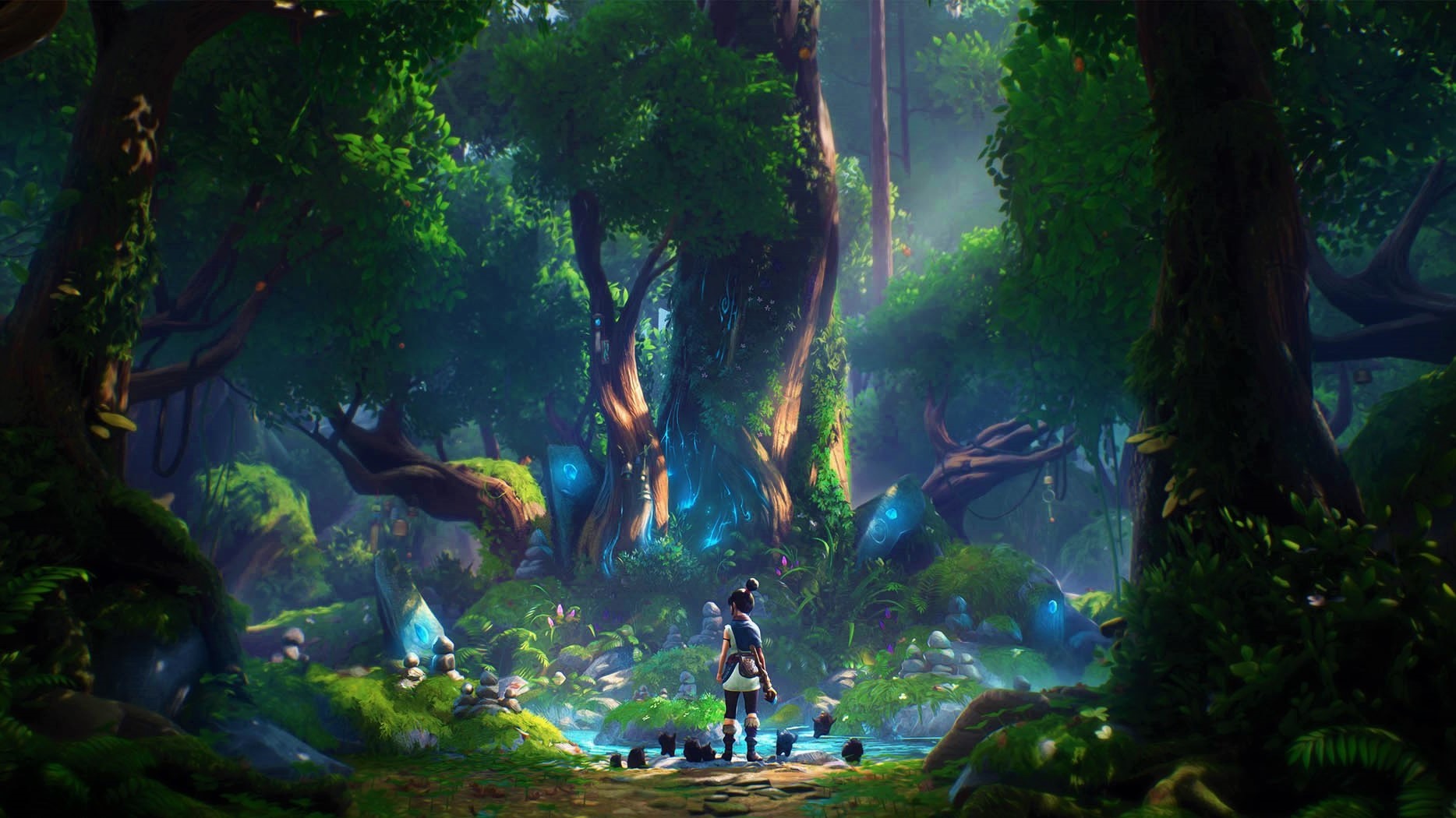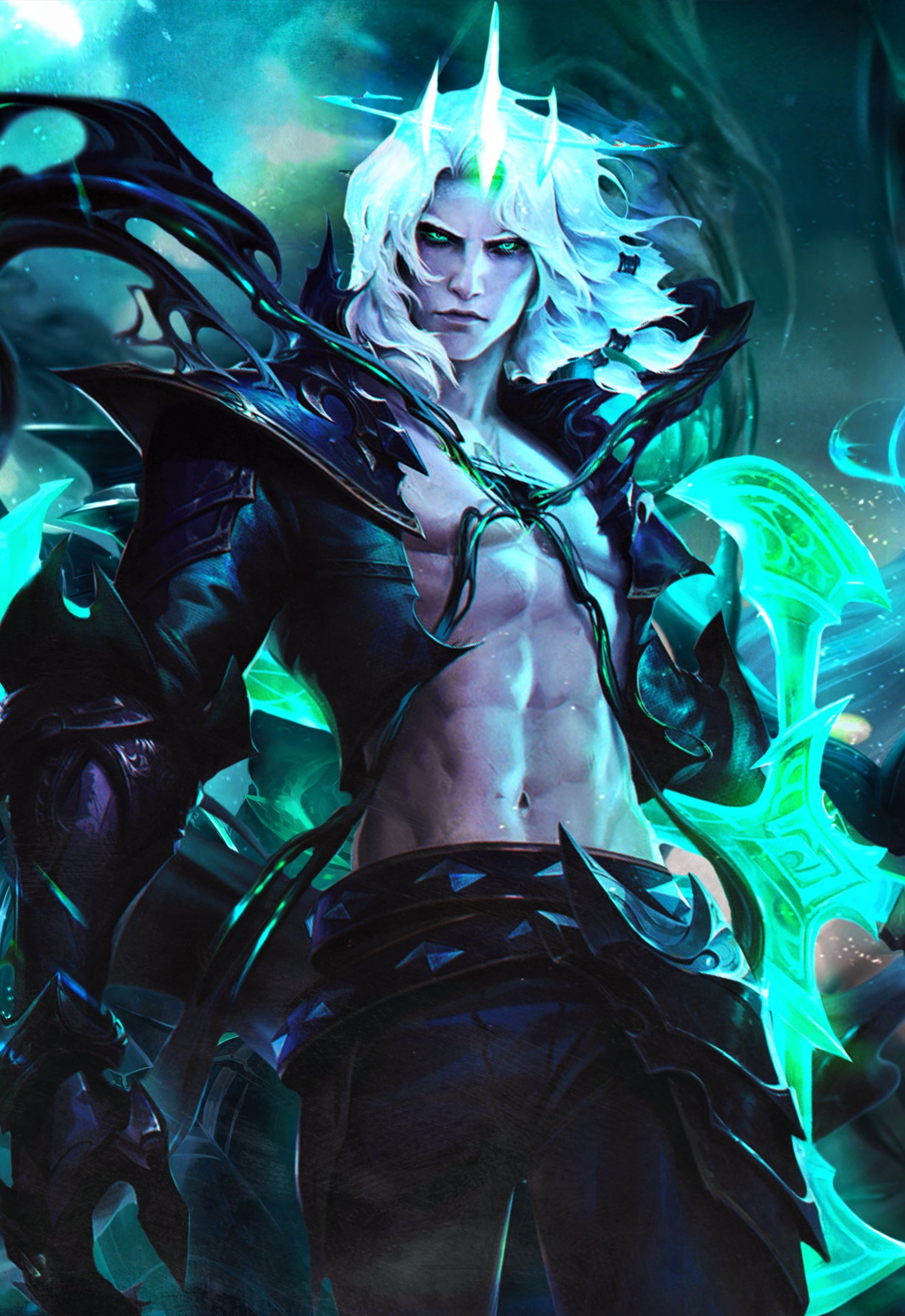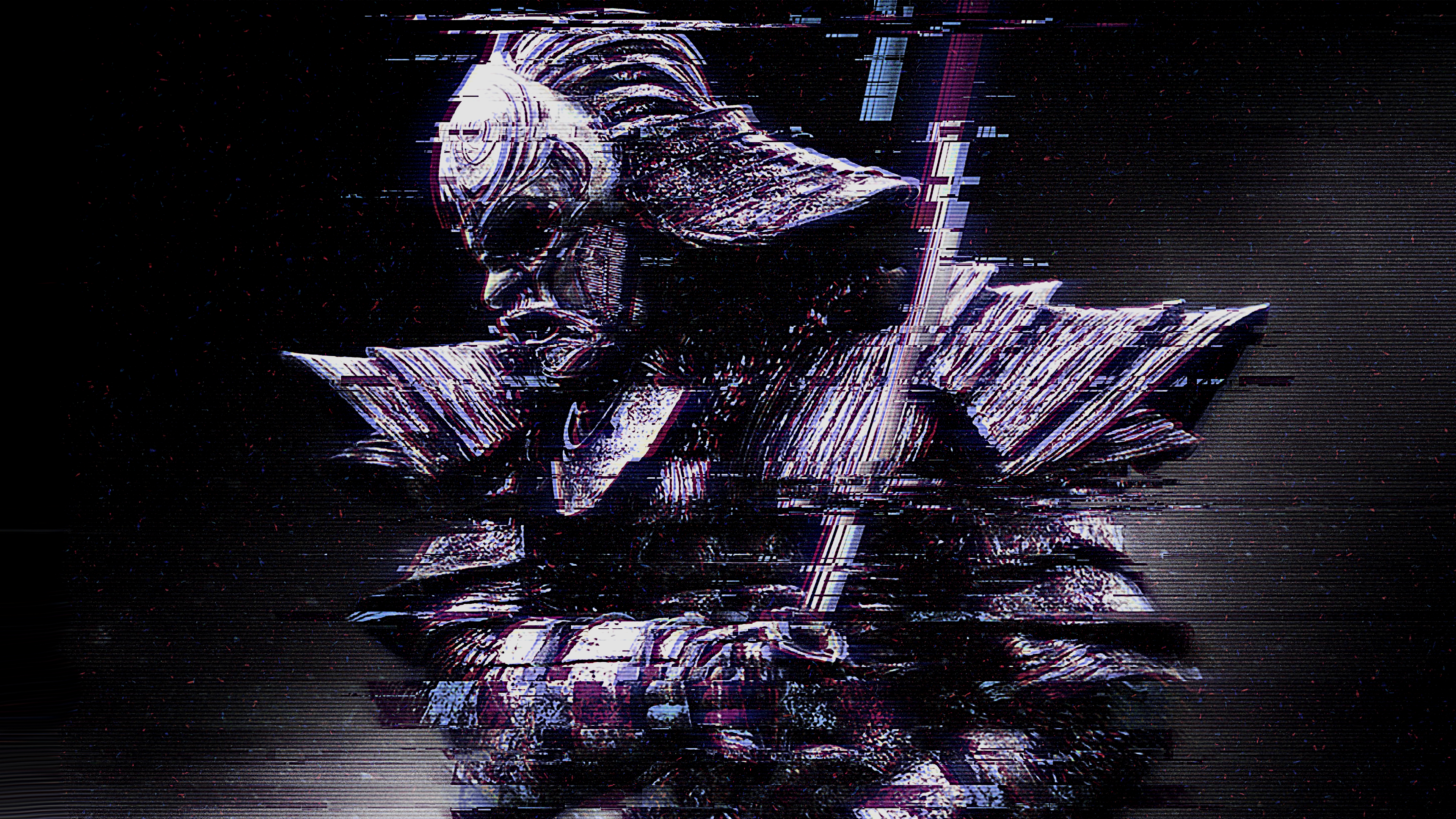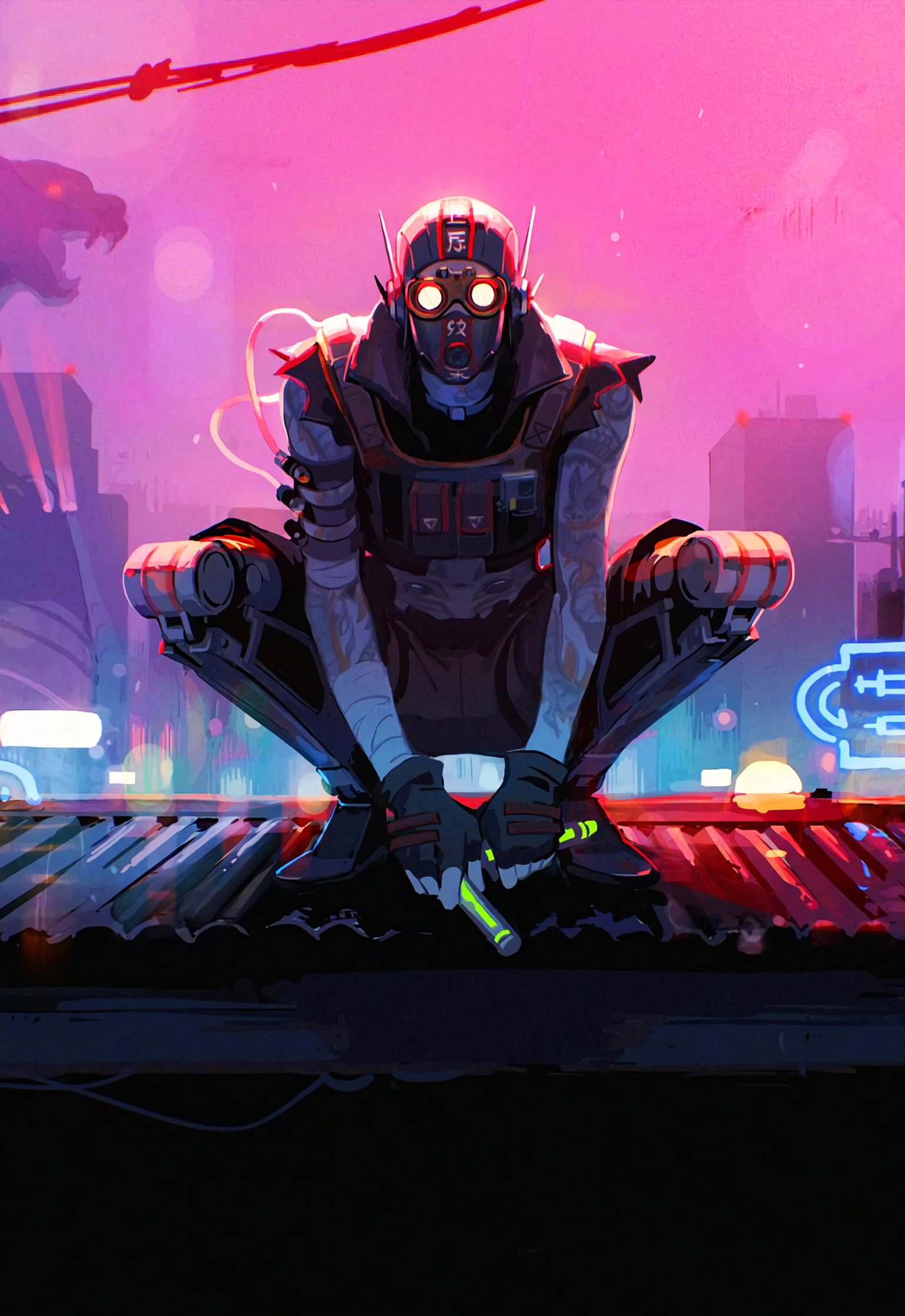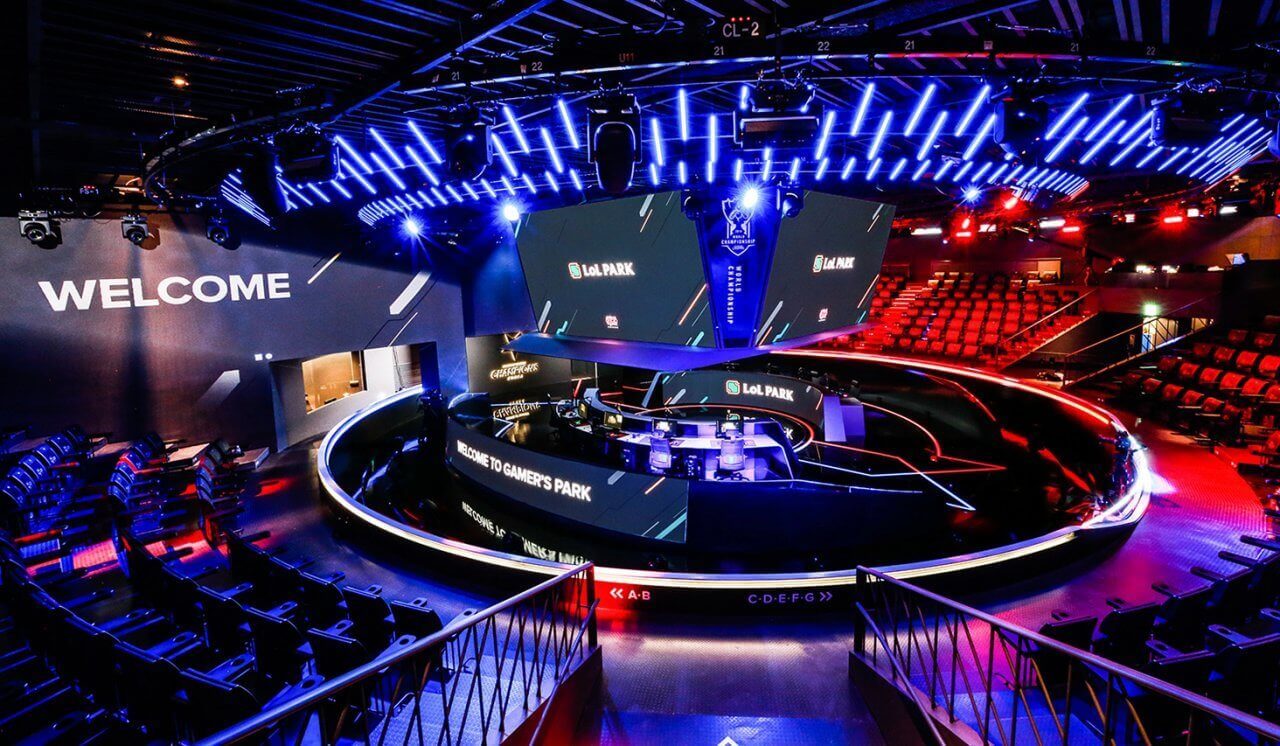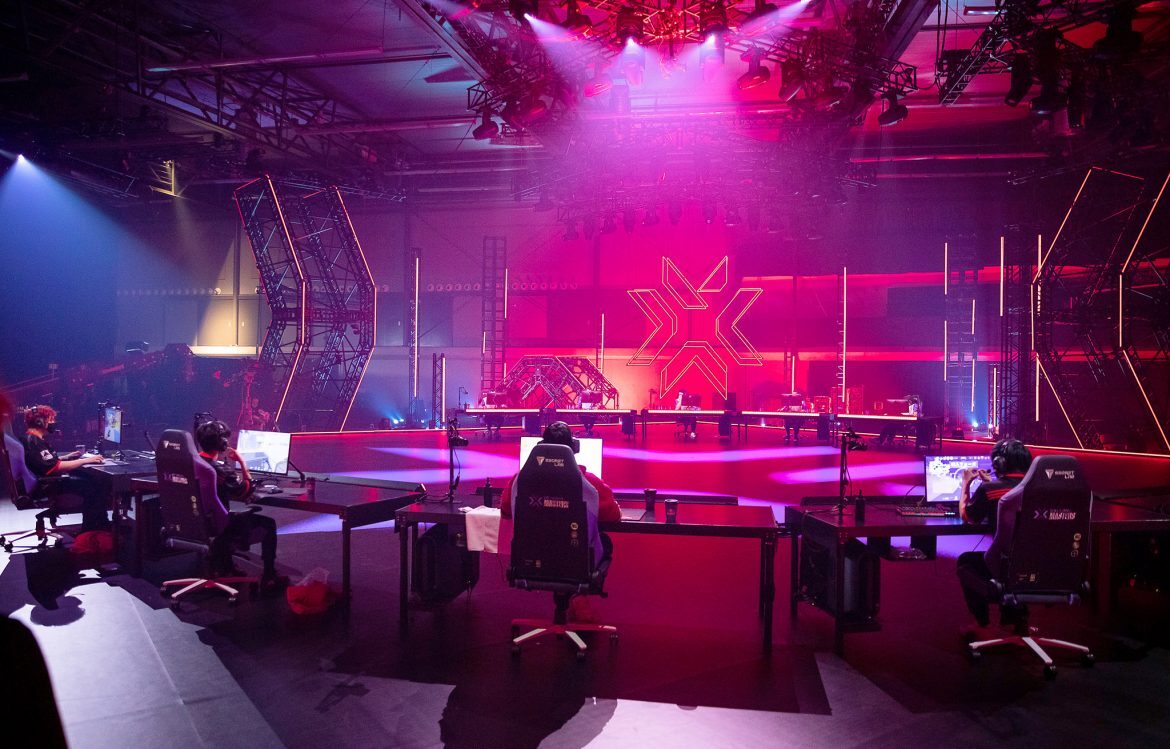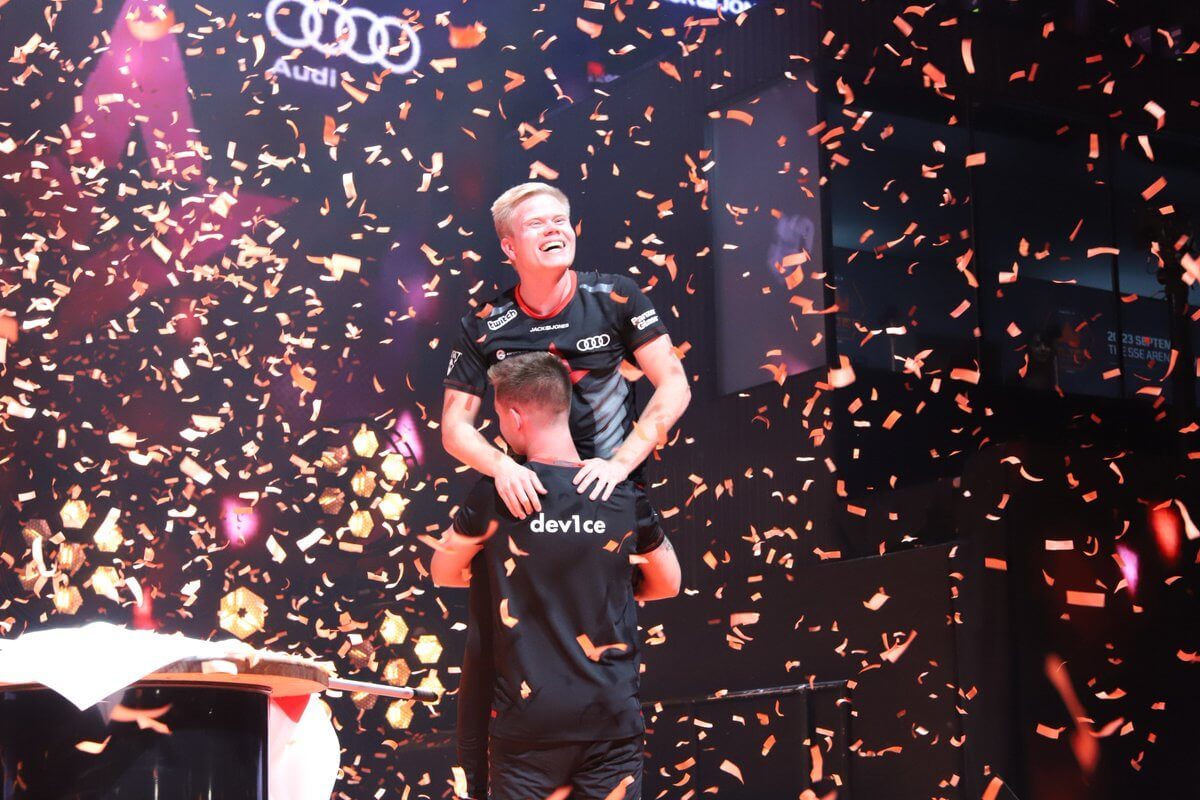
Astralis completed the signing of Jakob “JUGi” Hansen this week. That in itself wouldn’t be news to shake your head over – the best Danish team attracts one of the better Danish players. The exceptional part is that JUGi becomes the seventh member of the Astralis playing squad.
With the organization’s success over the past two years and their trademark professionalism, we can’t skip a grander-scale conversation for each move they employ. So, how probable is for 5+ rosters to become a regular thing and how far above 5 are teams willing to go? Let’s discuss!
Not the first to do it, not the last to do it
An argument already in favor of this new approach is that Astralis were neither the first, nor the last team to go over the magic number 5. Last September Polish organization AGO unveiled their new roster after a few weeks of tryouts that included legend Jarosław "pashaBiceps" Jarząbkowski. Pasha did not make the cut but the reveal was interesting nonetheless – AGO miscounted.
After three months of observations with @esportsLABgg, we are ready to announce a new lineup of Counter-Strike divisions: Global Offensive. Give a warm welcome to the new Hawks:@CSGOFurlan @Sidney_csgo @GruByGG @mhLCSGO @lemanCSGO @f1kucs pic.twitter.com/kYlQIoGQ99
— x-kom AGO (@xkomago) September 16, 2019
Well, they didn’t miscount, it only felt that way – they gave us six names instead of five. Going even further, they confirmed that they don’t plan on cutting any of the players, instead wanting to shuffle them until they come up with the best lineup. And then shuffle again whenever the previous lineup begins struggling. As with every new thing, people laughed the concept off at worst, and looked confused af at best.
The laughter and confusion rose to new heights when AGO went another step and signed another player – again, without cutting anyone. The seven-man roster concept didn’t hold much weight at that point, much due to AGO’s lack of improvement since they went that route. Yet, you could tell – curiosity was making its way through the laughter and confusion.
Astralis change the narrative
Less than two weeks after AGO’s roster ballooned to seven – on March 22, 2020, Astralis made sure curiosity became the prevalent feeling. In what was a controversial move in more than one way, the most successful organization in CS:GO history expanded its squad to six with Patrick “es3tag” Hansen. Immediately, what was once a low-tier Polish team’s wacky experiment, was viewed as a possible future trend among top teams. Simply because Astralis did it. Reputation matters, folks.
In order to improve working conditions for our players, it has been decided to increase the Astralis roster to six players. On this basis, Patrick @es3tag Hansen will be joining the roster.Welcome, Patrick!Read more: https://t.co/8Zof2zu0Rz#ToTheStars #LetsGoAstralis pic.twitter.com/lNyWWap6eN
— Astralis Counter-Strike (@AstralisCS) March 22, 2020
Organizations might have been hesitant to follow in AGO’s footsteps, but when Astralis do it – it’s a different thing. Remember I mentioned there were others after Astralis? A month is all it took for ENCE to jump on the hype by adding Elias “Jamppi” Olkkonen – the first post-Astralis-did-it roster move of such manner.
- READ MORE: Can anyone stop Astralis in 2020?
Another org soon followed. That org? Astralis. The Danes were not satisfied with just es3tag, they were not satisfied with just six players. They went big, they went for a seventh – JUGi. How long will it take for someone to follow this time?
Is 5+ man rosters the future?
That’s… a more difficult question to answer than you might realize. It may seem from the tone of this article that it’s all a wrap and six, seven, eight-man squads will be the norm two months from now. Well yes, but actually no.
The obstacles
Current regulations alone make it extremely hard on such projects. A lot of tournaments, most notably CS:GO Majors, impose roster locks. In other words – five pre-determined players and a coach. So, at best, a team can bypass the rules by placing one of its players in the coach slot. At worst, the five men selected are on their own without any subs allowed.

Even the first option seems to defeat the purpose as coaching, especially for a team like Astralis, is essential and I doubt we’re ever going to see Danny “zonic” Sørensen taken out of the booth for any player.
Next are the players themselves. How many es3tags and JUGis are going to be there? Young and capable players that accept a backup role. Astralis claim there will be serious rotation in place and the new additions won’t be mere subs, but let’s be real, do we really believe JUGi will play as often as Nicolai “device” Reedtz? How many months without play, how many missed Majors will it take for a high-tier player in his prime to say “ok, that’s enough of that”. We’ll find out in the coming months, but the best bet is – not that many.
The prospects
Despite these obvious stepping stones, the concept of larger rosters isn’t even new to the CS:GO scene. Discussions on the topic date back years and there’s a good reason why. Theoretically, a larger squad meta is a good thing – allows for tactical flexibility, proper player rest and just imagine how cool a mid-game substitute that turns the match around would be?
Welcome to ENCE - Elias @Jamppicsgo Olkkonen We are taking a new step by moving to a six-man roster in CS:GO moving forward Full press release here: https://t.co/iQJogYpAj8#EZ4ENCE pic.twitter.com/jiGjurgw9N
— ENCE (@ENCE) April 21, 2020
Most, if not all of these objective advantages of 5+ man rosters are going to be stagnated in the current setting though. The roster lock limitations and the immense resistance every groundbreaking change seems to always receive, especially in the gaming community, make it hard for this to become the norm. At least not now.
The prediction
My prediction, and it’s a very optimistic one if I might say so myself, is that we’ll see some niche cases here and there throughout 2020, such as Astralis’ desire to rest their stars from time to time or ENCE’s craving to add Jamppi full-time being hampered by his ban.
If everything goes well, especially if everything goes well with Astralis’ project, we might begin to see some rule changes that would make such moves make much more sense. Then, inevitably, the community, and more importantly – the organizational backing of the concept will follow.
These bigger rosters becoming a regular thing could be one of the most vital advancements the CS:GO pro scene has ever made. It will expand the player base naturally, propelling many more youngsters to put in the hours in CS:GO. It will resemble real-life sports even more, which is something esports should do at every opportunity, not just to boost popularity, but also because it works. Substitutes didn’t become a thing in professional football until the 1960s for example – we must evolve with our favorite (e)sport – it’s the only way.
Last, definitely not least, it will make the game more interesting. Imagine Peter “dupreeh” Rasmussen having a bad game, Astralis are down 10-13. In goes es3tag, drops 15 kills in seven rounds and wins his team the game 16-14. That’s something to live for. It will take time, so arm yourself with patience, but if anyone can help this become reality, it’s Astralis.


